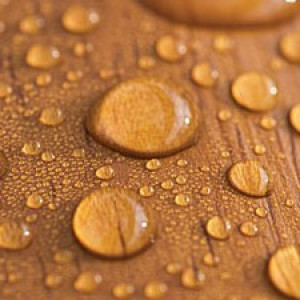| Toos Nano Powder Study Production |

| properties | 0.02 MB |
| advantages of using nanotechnology | 0.05 MB |
| manual and maintenance | 0.02 MB |
| Registration Date | 23 Nov 2020 |
| Revision Date | 23 Nov 2020 |
| Share |
Construction Masonry Materials
CoatingHydrophobic Inhibition of changing the appearance of wood surface Without chemical and harmful effect Easy to clean Durable water repellent Long-term stability Prevent the growth of fungi on the wood surface
Continuous contact of water to various materials, including wood, metals, ceramics, and building materials in work and living environment can be distructive and may effect the appereance of material surface leading to financial damage. Wood is one of the most widely used materials in building facades, sauna rooms and industries such as shipbuilding, which is prone to moisture and water droplets. Moisture penetration into the internal structure of wood changes its appearance, and reduces its quality and beauty. Chlorine in water used in urban life also causes stains on the wood surface after the water dries. Today, due to the high cost of replacing or repairing wood parts exposed to moisture, the application of hydrophobic coatings can be a suitable and cost-effective way to protect wood. The use of colloidal coatings containing nanoparticles creates a very high contact angle (usually over 150 degrees) as well as low surface energy and reduces the capillary property between the water droplets and the surface and creates a spherical shape in the droplets which results in easy moving on the surface. As a result, stains on the surface are prevented and no need for continuous washing and use of acidic detergents, as well as preventing blurring of wood surfaces.